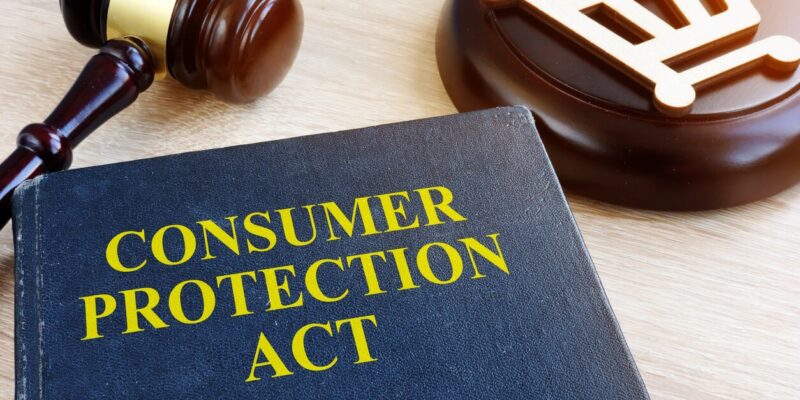Whether it’s a gadget that sparked an unexpected fire or a medication that had adverse effects, the repercussions of using defective products can be life-altering. Here’s a guide, crafted from firsthand experiences and legal expertise, to shepherd you through the process with clarity and confidence.
Understanding Your Rights
When it comes to navigating the complexities of claiming under product liability law, the journey can feel like trekking through a legal labyrinth. This domain of law ensures that manufacturers, distributors, retailers, and suppliers are held accountable for any injuries their products cause. Imagine unwrapping a new kitchen appliance, only for it to malfunction during the first use, resulting in burns. Such an incident isn’t just unfortunate; it’s a breach of your safety expectations. This segment of law covers a wide array of goods – from tangible personal property to intangibles like gas. It’s essential to recognize that safety isn’t a luxury; it’s a fundamental right. When products fall short of this standard, legal mechanisms kick in to protect consumers.
Identifying the Type of Defect
Product defects come in three main flavors: design defects, manufacturing defects, and failure to warn. A design defect is inherent; it’s a flaw that’s part of the product’s blueprint. Imagine a car model prone to flipping over while turning corners. A manufacturing defect, on the other hand, occurs during the production process. This could be a batch of smartphones with faulty batteries that overheat. Lastly, failure to warn refers to the absence of adequate instructions or warnings about the product’s use. Each type of defect has its nuances, and identifying which one affects you is pivotal.
Gathering Evidence
The journey to proving liability is akin to assembling a complex puzzle. Start by preserving the product as it was at the time of the incident. Document everything: take photos, save purchase receipts, and compile medical reports if injuries were sustained. Personal narratives also add a compelling layer to your case. Remember the time a safety feature on a power tool failed, resulting in a severe cut? That experience, backed by tangible evidence, strengthens your claim significantly.
Filing Your Claim
The act of filing your claim is where theory meets practice. This step often involves legal documents that can be as perplexing as they are crucial. It’s advisable to seek legal counsel to navigate this terrain. Lawyers specializing in this field can offer invaluable guidance, ensuring that your claim is both timely and properly documented. They become the translators of your experience into the language of the law.
Preparing for the Legal Process
Bracing yourself for the legal journey ahead is like preparing for a marathon. It demands patience, resilience, and a clear understanding of the path forward. Settlement discussions may occur, offering a resolution without a trial. However, if your case proceeds to court, be ready to share your story, backed by the evidence you’ve gathered. This is your moment to illuminate the truth of your experience, with the law as your ally.
In the realm of product safety, consumers wield significant power. By taking these steps, you assert your rights and contribute to a larger narrative of accountability. Your journey through the legal system, challenging as it may be, paves the way for safer products and informed consumers. In sharing real-life experiences and navigating the legal frameworks designed to protect us, we find not just resolution, but a deeper understanding of the importance of vigilance in the face of innovation.








Comments